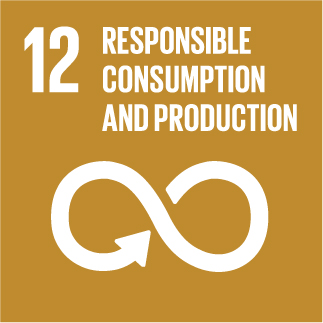Integrated manufacturing of REciclable multi-material COmposites for the TRANSport sector
Ultra?Long Life Solid?State Lithium Metal Batteries Enabled by 3D?Printing of Integrated Porous Cathode/Composite Polymer Electrolyte with Dynamic Covalent Bonds
An integrated porous cathode/composite polymer electrolyte is successfully fabricated by using dynamic reversible nature of Diels?Alder (DA) chemistry, imparting solid?state lithium metal batteries (SSLMBs) with continuous Li? transport networks to achieve excellent cycling stability (30 000 cycles at 10 C). 3D printing technique enables the production of customizable batteries with complex geometries, highlighting the potential for application in personalized electronics.Customized solid?state lithium metal batteries (SSLMBs) with high safety hold promise for next?generation energy storage systems, yet they suffer from rapid capacity decay due to unstable solid?solid interfaces and uneven Li+ transport. To break the bottleneck, an in situ 3D?printed integrated porous cathode/composite polymer electrolyte (CPE) is developed using reversible Diels?Alder (DA) covalent chemistry. Typically, the reversible crosslinked CPE are produced from a furan?functionalized polyethylene glycol oligomer, tris?(2?maleimidoethyl)amine, and maleimide?modified Li6.4La3Zr1.4Ta0.6O12. During the thermal printing of CPE, its viscosity significantly decreases due to the dissociation of DA bonds in polymeric matrix and the ceramic particle/polymer interfaces, allowing the CPE to diffuse into the pre?printed porous cathode and form a continuous Li+ transport network. Upon cooling, the DA crosslinkages reform to create a robustly adaptive interface layer with low impedance and uniform Li deposition during battery operation. The resulting integrated system achieves remarkable cycling stability in SSLMBs, with 30 000 cycles at 10 C in LiFePO4||Li cells and stable Li plating/stripping over 4150 h in symmetric cells. Moreover, the 3D printing technique enables the fabrication of customized batteries and integrated functional devices that maintain stable operation under mechanical deformation, showing potential for wearable and flexible electronics applications.

» Publication Date: 30/07/2025

This project has received funding from the European Union's Horizon 2020 research and innovation programme under grant agreement Nº 768737


